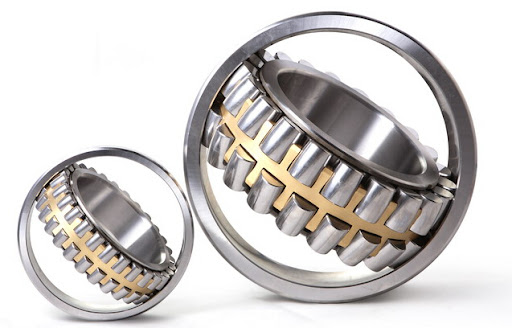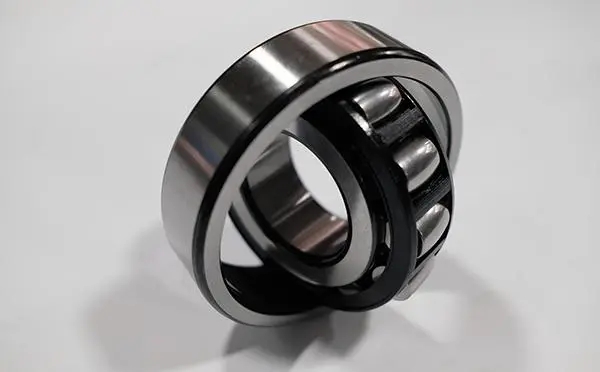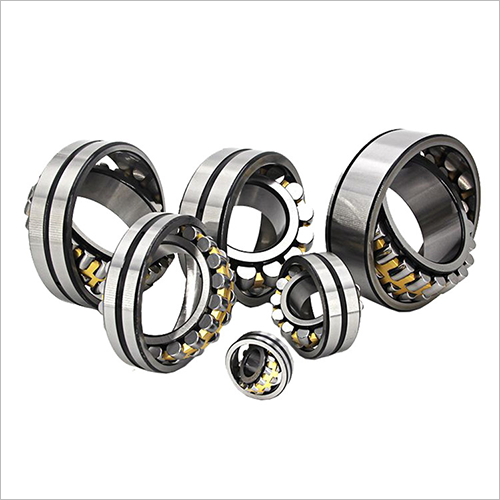Newsroom
How to select sealed spherical roller bearings?
2025-05-23The general selection steps for sealed spherical roller bearings are as follows:
1. Master the bearing operating conditions and consider the bearing type
First, it is necessary to determine the function and structure of the mechanical device, the installation location of the bearing, the allowable space, the magnitude and direction of the load, the degree of vibration and impact, the rotational speed, the operating temperature, the rigidity requirements, the bearing configuration (fixed end or free end), the inclination of the inner and outer rings, and the budget. Based on these operating conditions, the basic form of the bearing and its corresponding configuration can be preliminarily determined.
After initially identifying the bearing type based on the operating conditions, the following details need to be clarified according to specific circumstances: 
2. Consider the spherical roller bearing dimensions
Determine the specific dimensions of the bearing based on the design life of the mechanical device, the limiting rotational speed, radial and axial loads, dynamic and static loads, and the safety factor. Generally speaking:
-Higher limiting rotational speeds require larger balls and a greater distance between the inner and outer rings. 
-Higher loads require denser ball arrangements, or for heavier loads, smaller roller or needle rolling elements and wider inner/outer rings (which will correspondingly reduce the rotational speed).
-For slight axial loads, consider bearings with ribs or a cone angle.
Ultimately, finalize the bearing dimensions based on the above factors.
3. Consider the spherical roller bearing precision
Determine the precision grade of the bearing based on the runout precision of the rotating shaft, rotational speed, and torque variation. It is essential to integrate theory with practice, with the precision of the main shaft being the most critical. Under the premise of high main shaft precision, generally, higher precision corresponds to faster rotational speed, lower noise, and higher cost.
4. Consider the internal clearance of the spherical roller bearing
Clarify the bearing clearance based on the material and shape of the shaft and bearing housing, the offset of the inner and outer rings, temperature differences, bearing fit, and preload. 
5. Consider the cage
Determine the cage type and material based on rotational speed, vibration, impact, noise, and lubrication conditions.
6. Consider the lubrication method
Define the lubrication method and lubricant, and determine the bearing sealing method based on operating temperature, sealing type, rotational speed, lubrication requirements, and the operating environment.
For more information, feel free to contact QIBR


